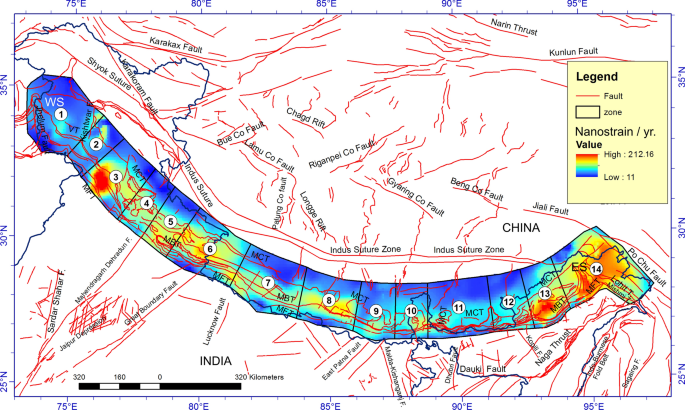Field surveys by geologists have indicated that three new glacial lakes of different dimensions are likely to form in the area of the Parkachik Glacier in Ladakh as a result of glacial retreat, which could have the potential to cause floods if they burst.
Scientists from the Wadia Institute of Himalayan Geology, have conducted a study that describes the morphological and dynamic changes of the Parkachik Glacier in the Suru river valley of Ladakh Himalayas, using medium-resolution satellite images from 1971–2021 and field surveys between 2015 and 2021.
The Parkachik Glacier is one of the largest glaciers in the Suru River valley, covering an area of about 53 square kms.
Remote sensing data shows that the glacier retreated with an average rate of around two meters between 1971 and 1999, whereas, between 1999 and 2021, the glacier retreated at an average rate of around 12 meters. Similarly, field observations recorded through day-to-day monitoring suggest that the glacier retreated at a higher rate of 20.5 meters between 2015 and 2021.
“The simulation results suggest that if the glacier continues to retreat at a similar rate, three lakes of different dimensions may form in subglacial over deepening – a characteristic of basins and valleys eroded by glaciers,” the study states.
Considering their sensitivity and as a most direct and apparent visible indicator of regional climate change, Himalayan glaciers have been subjected to numerous studies, from field-based investigations to the modern state-of-the-art remote sensing approach, for more than a century.
“In contrast, understanding the ice thickness and distribution is foremost required for the Himalayan glaciers. However, existing approaches, like remote sensing, cannot directly estimate the glacier thickness. Based on ground penetrating radar, very few studies have been carried out on glacier thickness in the Indian Himalaya,” a statement issued by the Ministry of Science and Technology on Friday read.
Both, the field as well as satellite-based observations indicate that the calving nature of the glacier margin and the development of a proglacial lake may have enhanced the retreat of the Parckachik Glacier, the statement added.
Since the 1990s, the advancement in remote sensing and in situ-based glacier monitoring results suggested an accelerated glacier melting and mass loss in the Himalayas and surrounding regions that has caused a substantial modification of glacial hydrology, river runoff and contributed to the ongoing rising sea level, according to the study.
“Accelerated glacier retreat and surface morphological changes due to ongoing climate warming result in the development of new and expansion of the existing glacial lakes that could be a potential source of glacial lake outburst floods in the Himalayas,” the study states.






